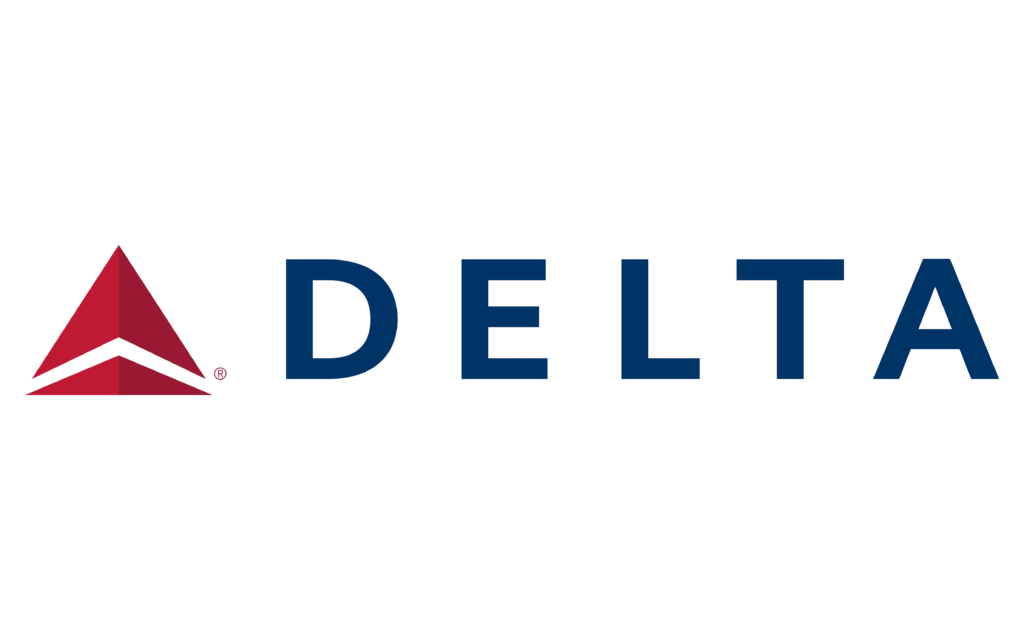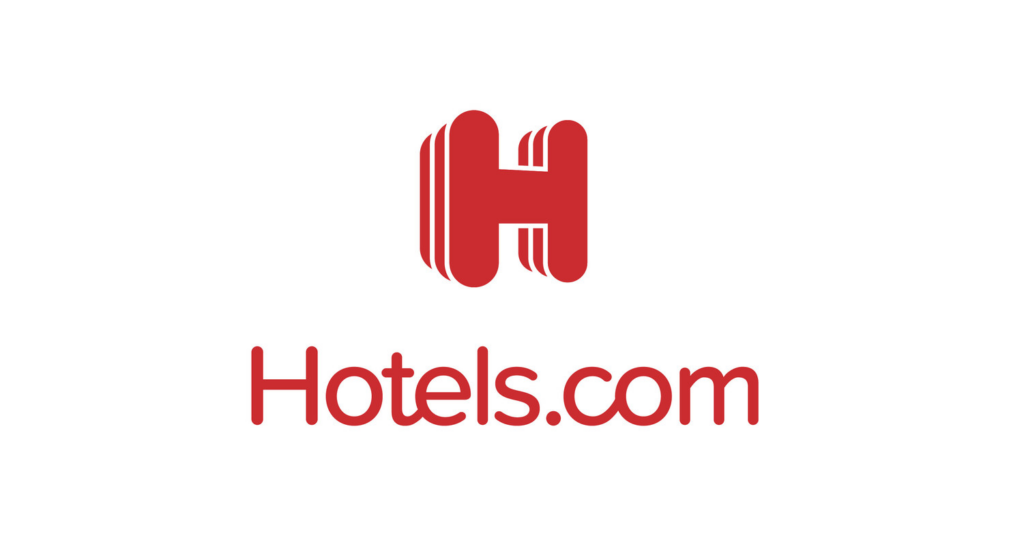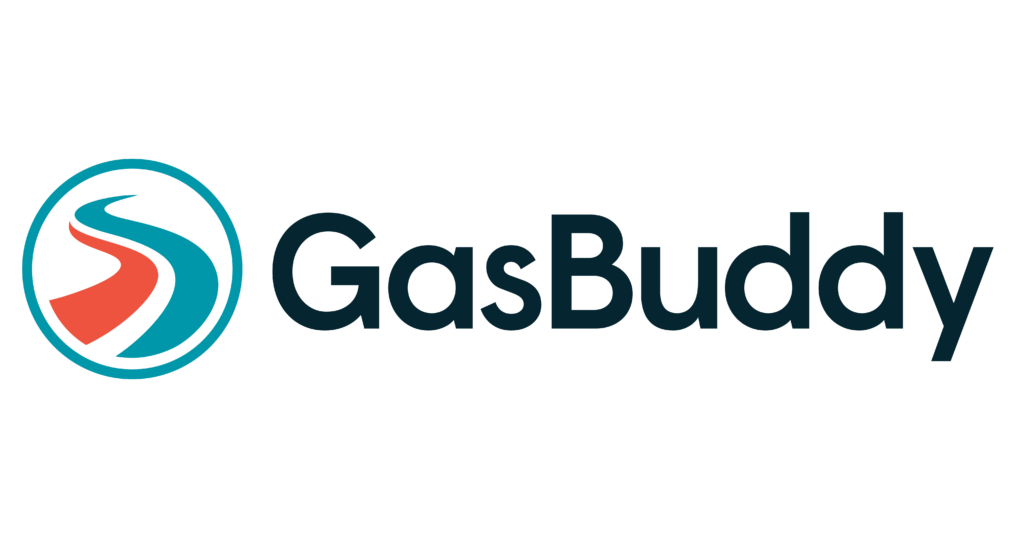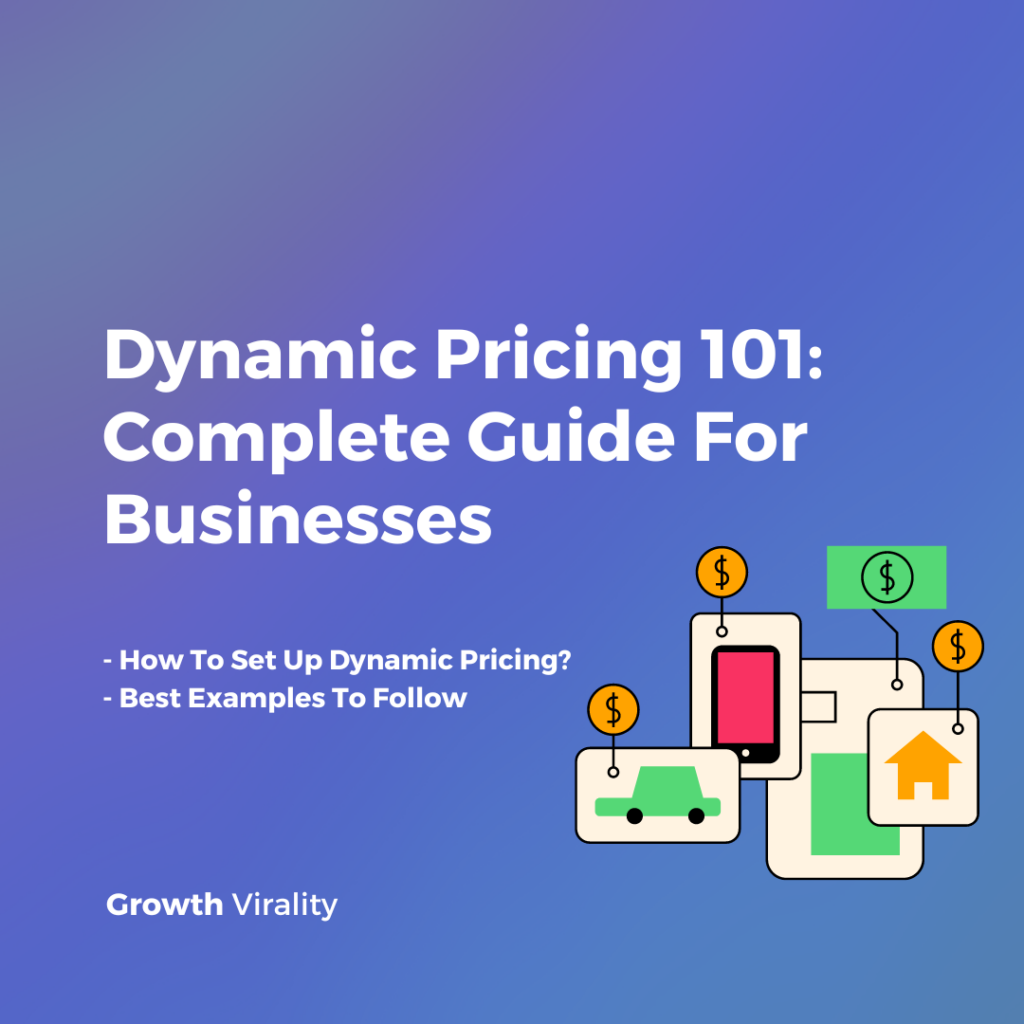Dynamic pricing helps businesses optimize their revenue by charging higher prices during periods of high demand and offering discounts when demand is lower.
However, it can also lead to customer dissatisfaction if prices fluctuate dramatically or are perceived as unfair. Transparency and communication are crucial in implementing dynamic pricing effectively and maintaining customer trust.
This article explains what dynamic pricing is, how you can set dynamic pricing, and the best examples of businesses who have adopted a dynamic pricing strategy.
Let’s begin!
What is Dynamic Pricing?
Dynamic pricing is a real-time pricing strategy where businesses adjust the cost of a product or service dynamically based on a combination of factors.
It is also known as surge pricing, demand pricing, or real-time pricing. This approach allows businesses to set flexible prices that can change rapidly to reflect the current market conditions and maximize revenue.
Types of Dynamic Pricing
Dynamic pricing can take various forms, each tailored to the specific industry and context in which it’s applied.
Here are some common types of dynamic pricing strategies:
Peak Pricing
Prices are increased during peak demand periods. This is often seen in transportation services like ride-sharing apps and airlines, where prices rise during rush hours or holidays.
Off-Peak Pricing
Prices are lowered during periods of low demand to incentivize purchases. For example, hotels might offer discounted rates during weekdays or offseasons.
Time-Based Pricing
Prices change based on the time of day. This is commonly used in utilities, where electricity rates might be higher during peak hours and lower during off-peak times.
Event-Based Pricing
Prices are adjusted for specific events or occasions. For instance, ticket prices for concerts might increase as the event date approaches.
Segmented Pricing
Different prices are offered to different customer segments based on factors like age, location, loyalty status, or purchase history. This is often used in the travel industry.
Dynamic Inventory Pricing
Prices change based on remaining inventory. Hotels and airlines might increase prices as available rooms or seats become scarce.
Demand-Based Pricing
Prices are adjusted according to current demand levels. This can involve real-time monitoring of factors like website traffic or purchases to determine the appropriate price.
Yield Management
Common in hospitality and travel, this strategy involves adjusting prices to maximize revenue based on capacity and demand forecasts.
Variable Pricing
Prices change based on a variety of factors such as weather conditions, competitor pricing, and economic indicators.
Zone Pricing
Different geographic regions are assigned different price points based on factors like local purchasing power and market competition.
Dynamic Discounts
Prices start high and decrease over time until a purchase is made. This is often used in online retail, especially during flash sales.
Bid-Based Pricing
Customers bid on products or services, and the price is determined by the highest bidder. This is common in auction settings.
Personalized Pricing
Prices are tailored to individual customers based on their past behavior, preferences, and purchase history.
Algorithmic Pricing
Automated algorithms analyze real-time data to determine optimal pricing strategies. This can involve complex data analysis and machine learning techniques.
Also See: 35+ Growth Hacking Tools Every Marketer Should Try Once
What Are The Advantages of Dynamic Pricing?
Dynamic pricing offers several advantages for businesses that implement it effectively:
- Increased Profits: Dynamic pricing has the potential to increase profits by adjusting prices in real-time based on demand.
- Optimized Inventory Management: Dynamic pricing helps manage inventory more efficiently by adjusting prices based on remaining stock. This can prevent overstocking or understocking issues, ensuring that products are sold before they become obsolete.
- Increased Profit Margins: During peak demand periods, businesses can charge premium prices, leading to higher profit margins on each sale. This can significantly contribute to overall profitability. Quick Response to Market Changes: Dynamic pricing allows businesses to respond quickly to changes in market conditions, competitor pricing, and customer preferences. This agility can give them a competitive edge.
- Enhanced Customer Segmentation: Dynamic pricing enables businesses to segment their customer base more effectively and offer personalized prices to different customer groups. This can help attract price-sensitive customers with lower prices and capture extra revenue from customers willing to pay more.
- Demand Shaping: By adjusting prices based on demand, businesses can influence consumer behavior. For instance, they can encourage customers to buy during off-peak times or to consider alternative products that might have lower demand.
- Reduced Inventory Holding Costs: By selling products faster through dynamic pricing, businesses can reduce costs associated with holding excess inventory, such as storage, maintenance, and obsolescence costs.
- Strategic Pricing Experiments: Dynamic pricing allows businesses to experiment with different price points and monitor customer responses in real-time. This can help them gather valuable data about price elasticity and optimal price ranges.
What Are The Disadvantages of Dynamic Pricing?
While dynamic pricing can offer various benefits, it also comes with certain disadvantages and challenges that businesses need to consider:
- Customer Confusion: Rapidly changing prices can lead to customer confusion and frustration. If customers feel that prices are unfair or fluctuate too much, it can erode trust and loyalty.
- Ethical Concerns: Dynamic pricing can raise ethical concerns if it’s perceived as taking advantage of customers during urgent situations or when demand is high.
- Complex Implementation: Implementing dynamic pricing requires robust technical and analytical capabilities.
- Algorithmic Bias: If algorithms used for dynamic pricing are not carefully designed, they can inadvertently lead to biased or discriminatory pricing practices.
- Legal and Regulatory Concerns: In some regions or industries, there are legal restrictions on how prices can be changed, especially for essential goods and services.
- System Errors: Technical glitches or errors in the pricing algorithm can result in unintended price changes that impact customer trust and lead to financial losses.
- High Initial Investment: Implementing dynamic pricing requires investment in technology, analytics tools, and staff training, which might not be feasible for all businesses.
Want more interesting articles straight to your inbox? Join the growth hacking newsletter from Growth Virality. More than 4000 marketers have already joined!

How to Set Up Dynamic Pricing?
Here’s a step-by-step guide on how to set up dynamic pricing:
Step 1: Define Objectives
Are you aiming to maximize revenue, increase market share, improve customer loyalty, or manage inventory? Clearly defining your objectives will guide your dynamic pricing strategy.
Analyze market trends, competitive forces, and the broader economic landscape. Consider factors like demand fluctuations and shifts in consumer preferences.
By understanding the external forces influencing your business, you can better tailor your objectives to respond to market dynamics.
Step 2: Gather Data
Here is how you can collect the required data:
- Historical Sales Data: Gather historical sales data from your business records. This data should include past sales volumes, prices, and any patterns or trends in customer purchasing behavior. Analyze this data to identify peak seasons, slow periods, and any consistent patterns.
- Customer Behavior Data: Utilize customer data from your CRM (Customer Relationship Management) system or analytics tools. Look into factors like purchase frequency, product preferences, and response to price changes. Understanding how different customer segments react to pricing adjustments will help you tailor your strategy.
- Competitor Price Data: Monitor your competitors’ prices using competitive intelligence tools, market research reports, or manual tracking.
- Market Data: Subscribe to industry publications, follow relevant blogs, and attend conferences to stay informed about broader market dynamics.
- External Factors Data: Consider external factors that impact demand, such as holidays, events, or even weather conditions. For instance, prices might need to be adjusted during peak shopping seasons or in anticipation of major events.
- Surveys and Feedback Data: Engage with your customers through surveys or feedback forms to gather insights into their perception of pricing changes. This can provide valuable qualitative data to complement quantitative analysis.
Step 3: Identify Pricing Factors
At this step, you should identify the different pricing factors. Consider how seasonal changes impact customer preferences and purchasing behavior. Identify peak seasons, holidays, and special events that could lead to increased demand or price sensitivity.
Segment your customers based on demographics, purchasing behavior, and price sensitivity. Different segments may respond differently to pricing adjustments, allowing you to tailor your strategy accordingly.
Step 4: Choose Pricing Models
Select pricing models that align with your objectives and factors. Common models include surge pricing, value-based pricing, and competitor-based pricing.
Evaluate the complexity of implementing each model. Some may require more sophisticated technology or analytics. Choose models that align with your resources and infrastructure.
Also See: Top Social Media Contest Tools
Step 5: Implement Pricing Tools
Explore the market for dynamic pricing software solutions. Look for platforms that offer real-time data integration, advanced algorithms, and the flexibility to customize pricing strategies according to your business objectives.
Assess the features offered by different software options. Look for capabilities such as data analytics, demand forecasting, competitor price tracking, segmentation, and integration with your existing systems.
Select or create a custom software that allows you to customize pricing algorithms to match your specific pricing models and strategies. Flexibility is key to aligning the software with your business goals.
Step 6: Develop Rules and Algorithms
Refer to the factors you’ve identified, such as demand fluctuations, competitor prices, and customer behavior. Each factor should have a clear impact on pricing.
For each factor, establish rules that determine how prices should change. For instance, if demand increases beyond a certain threshold, prices might rise by a predetermined percentage.
Specify thresholds for each factor that trigger pricing changes. These thresholds determine when adjustments should be made based on the severity of the factor’s impact.
Develop algorithms that process real-time data and factor in the identified parameters. These algorithms should calculate new prices based on the rules, thresholds, and customer segmentations.
Step 7: Test and Validate
Set up a controlled testing environment that simulates real-world conditions but with a limited impact on actual customers. This could involve using a subset of products, a specific customer segment, or a selected geographic area.
Formulate clear hypotheses for your testing. For example, you might hypothesize that dynamic pricing will lead to a certain percentage increase in revenue within a specific timeframe.
Analyze the data collected during the testing period to assess the performance of dynamic pricing compared to your existing strategy. Look for statistically significant differences in the metrics you’re measuring.
Evaluate whether the results align with your predefined objectives. If your goal was to maximize revenue, assess if dynamic pricing has led to the expected increase. If your objective was to improve customer loyalty, examine if customer retention rates have improved.
Also See: Top User-Generated Content Examples For Your Inspiration
Best Examples of Dynamic Pricing Strategy
Here are some of the top examples of businesses who have effectively harnessed dynamic pricing strategies to enhance their revenue, respond to market conditions, and offer customers competitive pricing:
Uber

Uber’s dynamic pricing strategy is referred to as “surge pricing”. It involves adjusting ride prices in real-time based on the balance between rider demand and driver availability.
Here’s how Uber’s dynamic pricing works:
- Surge Multiplier: Uber applies a surge multiplier to the base fare and ride distance to calculate the total fare during peak demand. For example, a surge multiplier of 1.5x would mean that the fare is increased by 50%.
- Zone-Based Surge: Surge pricing is applied on a zone-by-zone basis, meaning that different areas within a city can experience different levels of surge pricing based on their demand-supply dynamics.
- Transparency: Uber’s app notifies riders when surge pricing is in effect and requires riders to confirm the higher fare before booking. This transparency helps riders make informed decisions.
- Dynamic Communication: Uber uses real-time notifications to inform riders about changing surge levels and when prices are expected to decrease, encouraging users to wait if they can.
- Algorithmic Determination: Surge pricing is determined algorithmically, taking into account factors like rider demand, driver availability, traffic conditions, and historical data.
Delta Air Lines

Delta Airlines employs dynamic pricing for its airline tickets. Prices are surged or declined based on the following variables:
- Demand Fluctuations: Variations in passenger demand due to factors such as time of booking, time of travel, destination popularity, special events, and seasons.
- Booking Class Tiers: Variations based on multiple booking classes with varying levels of service and flexibility. Each class has a set number of seats allocated at different price points.
- Yield Management: Using a yield management system to adjust prices in real-time based on factors such as booking date, seat availability, and historical demand patterns. The goal is to maximize revenue by selling seats at the highest possible price.
- Seat Inventory: Tracking the number of seats sold at different price points for each flight. As the flight date approaches and seats are sold, prices for the remaining seats may increase to capitalize on last-minute bookings.
- Competitor Pricing: They monitor competitors’ prices and adjust their own prices to remain competitive while also considering their unique value propositions.
Amazon

Amazon, the e-commerce giant, uses dynamic pricing to frequently adjust product prices. It uses algorithms and data analytics to continuously monitor and adjust prices in real-time. This involves tracking factors such as competitor prices, supply and demand, customer browsing and purchasing behavior, and changes in market conditions.
Here’s an overview of Amazon’s dynamic pricing strategy:
- Real-Time Adjustments: Amazon uses algorithms and data analytics to continuously monitor and adjust prices in real-time. This involves tracking factors such as competitor prices, supply and demand, customer browsing and purchasing behavior, and changes in market conditions.
- Competitor Pricing: Amazon’s algorithms monitor prices of competitors for similar products. If a competitor lowers their price, Amazon might adjust its price accordingly to remain competitive.
- Demand and Supply: If a product is in high demand and there’s limited supply, Amazon might increase the price to balance supply and demand. Conversely, if demand is low, prices might be lowered to attract more buyers.
- Sales and Promotions: Amazon’s dynamic pricing strategy also includes offering discounts, promotions, and lightning deals to attract customers during specific time frames, such as Black Friday or Prime Day.
- Personalized Pricing: Amazon uses customer data to personalize prices based on factors like location, browsing history, past purchases, and customer loyalty.
- Price Testing: Amazon occasionally tests different price points for products to gauge customer responsiveness and optimize pricing strategies.
Hotels.com

As an online travel agency, Hotels.com employs dynamic pricing to offer varying room rates. These rates are influenced by factors like occupancy levels, booking timing, and the location of the hotel.
Here’s an outline of how Hotels.com’s dynamic pricing strategy typically operates:
- Real-Time Pricing: Hotels.com adjusts room rates in real-time based on factors such as room availability, booking timing, geographic location, occupancy levels, and demand trends.
- Occupancy Levels: Hotels.com monitors the occupancy levels of hotels and resorts. When occupancy is high or rooms are limited, prices tend to be higher to reflect the increased demand.
- Booking Timing: Customers who book well in advance might receive lower prices compared to those who book closer to the check-in date. Hotels.com incentivizes early bookings through reduced rates.
- Geographic Demand: Prices can vary based on the popularity of a particular location or event. For example, prices for hotels near major tourist attractions or during peak travel seasons may be higher.
- Promotions and Packages: In addition to dynamic pricing, Hotels.com offers various promotions, discounts, and package deals to attract customers and fill rooms during different times of the year.
Walt Disney World
Disney’s theme parks utilize dynamic pricing for tickets. Prices are adjusted to reflect anticipated demand and the time of year, helping manage crowd levels during different periods.
Here’s an outline of how Walt Disney World’s dynamic pricing strategy typically functions:
- Tiered Pricing: Walt Disney World uses a tiered pricing structure where ticket prices vary based on the anticipated demand and time of year. Seasons are typically categorized as Value, Regular, and Peak, with corresponding pricing tiers.
- Peak Demand Days: During peak demand periods such as holidays and weekends, ticket prices are typically higher to manage crowd levels and provide visitors with a better experience.
- Off-Peak Pricing: Off-peak times, when attendance is lower, feature lower ticket prices. This encourages visitors to choose dates when the park is less crowded.
- Dynamic Calendar: Walt Disney World employs a dynamic calendar that indicates the pricing tiers for each day, allowing visitors to plan their trips based on their preferences and budget.
- Flexibility and Planning: By offering different price points for different times of the year, Walt Disney World allows visitors to choose dates that align with their schedule and budget.
- Multi-Day Packages: Walt Disney World offers multi-day ticket packages, which can provide visitors with better value when visiting the park for multiple days.
StubHub

The ticket resale platform, StubHub, adjusts prices for events like concerts and sports games based on real-time demand and supply. This strategy helps sellers and buyers find fair market prices.
Here’s a general outline of how StubHub’s dynamic pricing strategy typically operates:
- Real-Time Demand and Supply: StubHub uses real-time data to monitor the demand for and supply of tickets to various events. When demand for certain events is high and the availability of tickets is limited, prices tend to increase.
- Event Popularity: Ticket prices often reflect the popularity of the event. High-demand events such as sold-out concerts or championship games may see significant price increases.
- Date and Time: Prices can vary based on the date and time of the event. Premium times, such as weekend evenings, might command higher prices.
- Location: Ticket prices can also be influenced by the seating location within the venue. Tickets closer to the stage or field typically have higher prices.
- Seller Behavior: Individual sellers on StubHub can set their own prices for tickets they list. The platform’s dynamic pricing strategy ensures that these listed prices reflect market demand and competitive rates.
- Transparency: StubHub provides buyers with clear information about the face value of the ticket and the markup applied by the seller, helping buyers make informed decisions.
GasBuddy

GasBuddy’s app provides real-time gas prices based on location and changes in fuel prices. This helps consumers find the best prices when filling up their vehicles.
Here’s how GasBuddy’s dynamic pricing strategy works:
- Real-Time Gas Price Information: GasBuddy collects real-time data on gas prices from various fuel stations across different locations. This data is crowdsourced and submitted by users of the platform.
- User-Generated Data: GasBuddy’s model relies on users updating and sharing gas price information in their vicinity. This information is aggregated and used to display real-time prices on the platform.
- Location-Based Pricing: Users can enter their location or search for gas prices in a specific area. GasBuddy then displays a list of nearby fuel stations along with their current prices.
- Price Comparison: GasBuddy’s primary function is to help users compare gas prices and find the cheapest option in their area, encouraging competition among fuel stations.
- Predictive Analysis: GasBuddy might also offer predictive insights into future price trends based on historical data and market conditions.
- Rewards Program: GasBuddy might offer rewards programs that provide additional incentives to users, such as discounts or points, for reporting gas prices and using the platform.
Also See: 12 Best Social Media Engagement Tools For Insane Growth
Frequently Asked Questions On Dynamic Pricing
Why do companies use dynamic pricing?
Companies use dynamic pricing to optimize revenue, respond to changing market conditions, maximize profitability, remain competitive, and better match prices with customer willingness to pay.
What factors influence dynamic pricing?
Factors influencing dynamic pricing include demand fluctuations, time of day, seasonality, competitor prices, inventory levels, customer segmentation, economic conditions, and external events.
What are some common pricing models for dynamic pricing?
Common pricing models include surge pricing (adjusting prices based on demand spikes), value-based pricing (setting prices according to perceived value), competitor-based pricing (aligning with competitors’ prices), dynamic demand pricing (changing prices based on demand levels), and segmented pricing (tailoring prices for different customer segments).
How does dynamic pricing benefit businesses?
Dynamic pricing helps businesses maximize revenue by adjusting prices based on real-time data and market conditions. It also improves competitiveness, optimizes inventory management, and enhances customer engagement.
Is dynamic pricing ethical?
Dynamic pricing can be ethical when implemented transparently and fairly. Clear communication with customers about pricing changes and avoiding discriminatory practices is essential to maintain ethical standards.
Can dynamic pricing improve customer loyalty?
When executed thoughtfully, dynamic pricing can enhance customer loyalty by offering personalized pricing, discounts, and promotions to different customer segments.
Does dynamic pricing affect customer trust?
If not implemented transparently, dynamic pricing can potentially erode customer trust. However, clear communication and consistency in pricing adjustments can help maintain trust.
Is dynamic pricing suitable for all industries?
Dynamic pricing is more common in industries with variable demand, such as travel, e-commerce, entertainment, and hospitality. However, its applicability depends on market dynamics and customer behavior.
What challenges can arise with dynamic pricing?
Challenges include setting the right algorithms, avoiding price wars with competitors, ensuring transparency, and managing customer perceptions of price fairness.
What is the role of data analytics in dynamic pricing?
Data analytics plays a crucial role in dynamic pricing by processing real-time data to identify patterns, correlations, and trends, which inform pricing decisions.
Can small businesses use dynamic pricing?
Yes, small businesses can use dynamic pricing by adopting simpler pricing strategies and leveraging available data and technology solutions.
How often should I adjust prices in a dynamic pricing strategy?
The frequency of price adjustments depends on factors like the industry, product characteristics, customer behavior, and market dynamics. Regular monitoring will help you determine the optimal adjustment frequency.
Final Thoughts
Dynamic pricing has evolved from a mere strategy to a sophisticated and data-driven approach that empowers businesses to respond to real-time market dynamics and customer behavior.
While dynamic pricing offers substantial benefits, it also comes with challenges, such as the need for transparency, ethical considerations, and maintaining customer trust.
Striking the right balance between pricing optimization and customer satisfaction is a crucial aspect of successful implementation.

